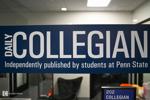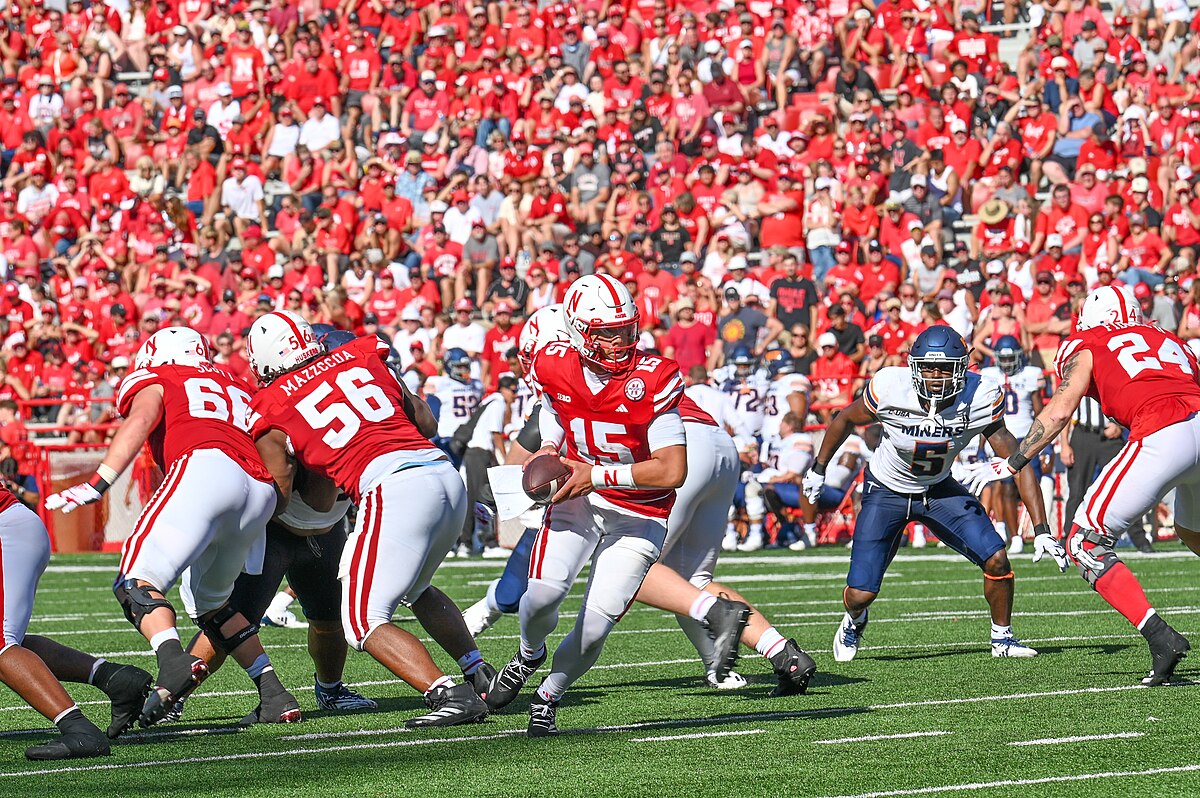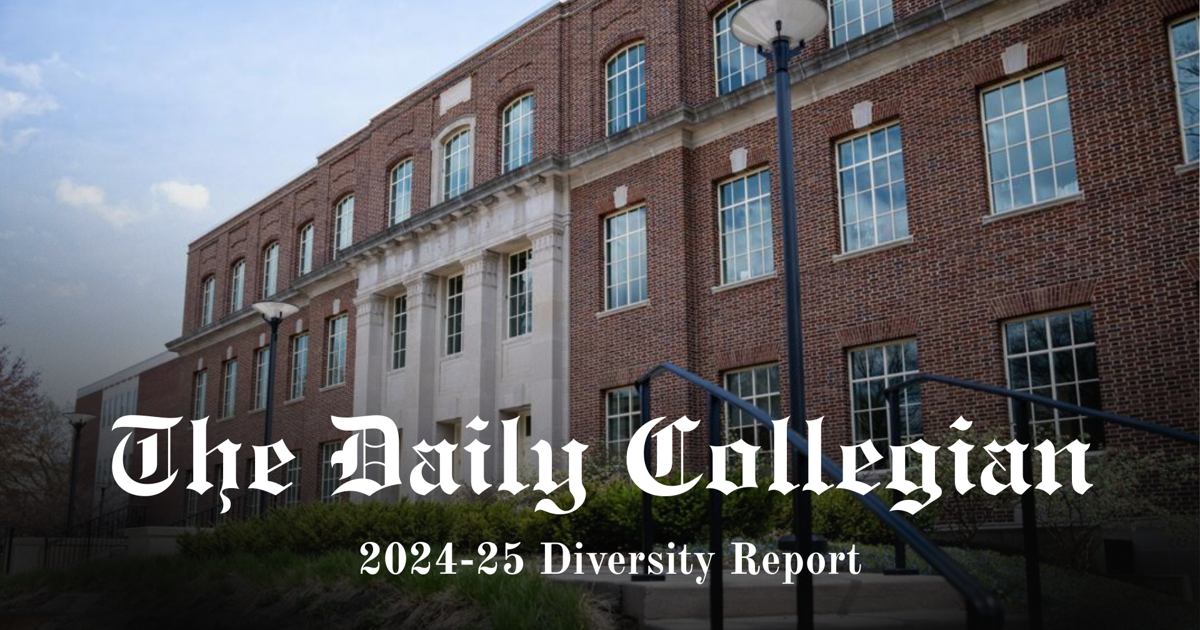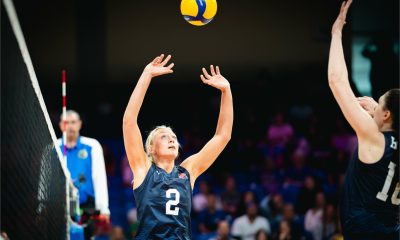The Daily Collegian is committed to understanding and amplifying the voices of underrepresented communities. We strive to be inclusive both in our newsroom and external coverage. Regardless of possible institutional changes to programs at Penn State or federal orders affecting DEI programs, the Collegian remains committed to upholding our values.
The Daily Collegian’s Diversity, Equity and Inclusion Committee, established in 2024, created this inaugural diversity report to increase transparency, identify areas of growth and implement improvements within our staff.
The committee conducted an anonymous, self-reported survey each semester during the 2024–25 academic year. During the summer, 56 of 88 staff members responded to the survey. In the fall, 142 of 217 staff members responded to the survey, while 177 of 260 responded in the spring.
After reviewing the survey results, the Collegian invites community feedback on how we can improve both our internal practices and our coverage of the Penn State and State College communities. Please click here for the form.
Here are the results of the survey.
Race and ethnicity at The Daily Collegian
Of the summer staff responses, 46 individuals self-reported as white, seven as Hispanic or Latino, five as Black or African American, three as Asian and one as North African or Middle Eastern.
In the fall, 108 staff members identified as white, followed by 19 as Hispanic or Latino, 18 as Asian and nine as Black or African American. Two individuals identified as North African or Middle Eastern and one as Native Hawaiian or Pacific Islander.
Five individuals used the “Other” category to share additional identities, including Jewish, South Asian, Brazilian and Syrian, Indigenous and Italian.
In the spring, the number of white-identifying staff members rose to 139. Hispanic or Latino representation increased to 28 individuals, while 19 identified as Asian. Two more individuals identified as Black or African American compared to the fall, bringing the total to 11. Four individuals identified as North African or Middle Eastern, doubling the count from the previous semester.
No staff members selected the Native American identifier in any of the semesters.
One person did not respond to this question in both the summer and spring semesters; all respondents answered in the fall.
Several individuals identified with multiple races and ethnicities across all semesters. There were seven international students in the fall and nine in the spring, but none on summer staff.
According to student enrollment data from Penn State’s Office of Planning, Research and Assessment, 58.8% of students at University Park identify as white, 14.8% are international students, 8.8% are Hispanic or Latino, 7.1% are Asian, 4.3% are Black or African American, 3.8% identify as two or more races, 2.3% are listed as race and ethnicity unknown, 0.1% identify as American Indian or Alaska Native and 0.1% as Native Hawaiian or Pacific Islander.
When compared to University Park’s overall student demographics, our staff composition showed a higher percentage of white-identifying individuals and fewer international, Hispanic or Latino and Black or African American members.
Languages at the Daily Collegian
Each respondent reported proficiency in English. The number of Spanish-speaking staff increased from seven in the summer to 20 in the fall, and 21 in the spring. In the spring survey, four individuals reported proficiency in Mandarin and three in Portuguese. Three individuals also spoke French. Additionally, three people reported speaking both Hindi and Gujarati.
Other languages spoken included Albanian, American Sign Language, Arabic, Bahasa Malaysia, Greek, Hebrew, Igbo, Italian, Japanese, Marathi and Turkish.
Gender identity at the Daily Collegian
In our summer survey, gender identity options included male, female, non-binary and other. 64.3% identified as female and 35.7% as male, with no one selecting non-binary or specifying another gender identity.
After receiving committee feedback and distributing the fall survey, we updated the gender identity options mid-cycle to include: man, woman, non-binary, transgender and genderfluid. Prior to this change, we received 15 responses identifying as male and 14 as female.
By the end of the fall, 78 individuals identified as female, 33 as male, one as non-binary and one as transgender.
In the spring, 108 individuals identified as women, 66 as men, four as transgender and one as genderqueer. One person did not respond to this question in the spring.
The majority of individuals used either he/him or she/her pronouns. In both the summer and spring, one individual used she/they pronouns. In the fall and spring, one person used they/she pronouns, and in the spring, another used they/he pronouns.
According to student enrollment data from Penn State’s Office of Planning, Research and Assessment, 53% of students identify as men and 46% as women. The remaining 1% identify with another gender identity, including 365 students who identified as nonbinary, 182 as transgender, 108 as genderqueer and 81 as gender nonconforming, among others.
While the total number of transgender and gender-diverse individuals on our spring staff was smaller than in the overall Penn State population, our staff had proportionally greater representation of these identities relative to sample size, with 2.2% identifying as transgender and 0.6% as genderqueer — compared to a combined 1% of university students who identified with a range of gender-diverse identities, including transgender and genderqueer.
Disability at the Daily Collegian
The Daily Collegian’s fall and spring totals of individuals identifying with a disability or chronic condition were the same, with 18 in each semester. One person did not answer this question in the spring.
In the summer, nine individuals identified with a disability or chronic condition, which represented the highest percentage across all semesters at 16.1%.
Sexual orientation at the Daily Collegian
Across all three semesters, the majority of staff self-reported as straight, with 43 in the summer, 112 in the fall and 136 in the spring. Bisexual was the second-most reported sexual orientation, with numbers increasing each semester — from five in the summer to 13 in the fall and 16 in the spring.
Between the summer and spring, the number of individuals who identified as gay increased from one to five; lesbian, from one to seven; queer, from zero to four and pansexual, from one to three.
Across the three semesters, eight individuals selected the “prefer not to say” option. One person identified as demi-sexual in the fall, one as asexual in the spring and another reported “no label” in the summer.
Three people did not answer the question in the summer, four did not answer in the fall and two did not answer in the spring.
Academic Colleges at the Daily Collegian
As expected, the majority of staff members came from the Donald P. Bellisario College of Communications. The College of the Liberal Arts ranked second each semester, growing from 28 members in the fall to 46 in the spring.
The Smeal College of Business followed as the next most-represented college, with 15 members in the spring. The only academic college not represented among staff was the Ross and Carol Nese College of Nursing.
One individual was a graduate student during the spring semester.
Some staff members were enrolled in more than one academic college.
Leadership at the Daily Collegian
Diversity in leadership is of utmost importance to The Daily Collegian.
While the poll includes input from both the business and news divisions of the Collegian, it’s worth noting that response rates were low on the business division, with four out of 11 directors responding in the summer, two out of 11 in the fall and four out of 10 in the spring.
A majority of Collegian editors on the news division responded to the poll. All but one responded in both the summer and fall, and three out of 19 did not respond in the spring.
In the summer, three members self-identified as people of color — two from the news division and one from the business division. That number rose to six in the fall and remained the same in the spring,
Two leaders identified as having a disability or chronic condition in both the summer and spring, and three did so in the fall.
The number of leaders who identified as part of the LGBTQ+ community increased each semester — from two in the summer to three in the fall, and six in the spring.
There were two leaders from non-Bellisario colleges in the summer and three in the fall, but none in the spring.
Candidacy at the Daily Collegian
Our semester-by-semester results have given us a clearer picture of where we’ve grown, starting with efforts to attract a diverse range of candidates.
The DEI Committee was tasked with several recruitment initiatives aimed at drawing applicants from a variety of backgrounds, academic colleges and identities.
Thirteen candidates responded to the summer poll, six of whom identified as people of color. That number increased to 22 out of 54 respondents in the fall. In the spring, 11 out of 30 candidates self-identified as people of color.
Three candidates identified as having a disability or chronic condition in the summer. That number rose to six in the fall, then declined to four in the spring.
Four candidates identified as members of the LGBTQ+ community in the summer, 11 in the fall and five in the spring.
Only one candidate in the summer came from outside the College of Communications. That number rose to 17 in the fall and 11 in the spring.
Additional notes
With the news division making up the majority of the staff, the committee separated survey results by division to better analyze trends.
In the spring, 42 respondents identified as people of color, 31 were non-Bellisario students, 23 identified as LGBTQ+ and 11 identified as having a disability or chronic condition. Each of these figures represented an increase from the fall and summer semesters.
The business division saw its highest response rate in the fall, with 33 responses. That semester, eight respondents identified as people of color, four as LGBTQ+, five as having a disability or chronic condition and 12 as non-Bellisario students.
All of these figures decreased in the spring, except for the number of non-Bellisario respondents.
As previously mentioned, the committee implemented several initiatives to diversify the Collegian and improve transparency with the community. In addition to the survey, an audit of the Collegian’s visual content was conducted to identify areas for growth in photo and graphic representation.
The committee also continued work on improving the Collegian’s source tracker to help ensure more inclusive coverage of underrepresented communities.
The summer survey was not anonymous, although names were optional. Based on related feedback, names were removed from subsequent surveys, and both the fall and spring surveys were made fully anonymous.
To protect staff privacy, specific position titles have been removed from this report. Going forward, the committee does not plan to collect or report staff position data in future surveys.
This inaugural report, developed under the leadership of 2024–25 DEI Chair Avery Hill, serves as a prototype that will be expanded and refined in future iterations.
For any additional comments, suggestions or concerns, please contact the 2025–26 DEI Chair, Chayil Dozier, at ccd5350@psu.edu.
MORE COLLEGIAN NEWS

The Daily Collegian was selected as one of 16 news organizations nationwide to receive a gra…




























































